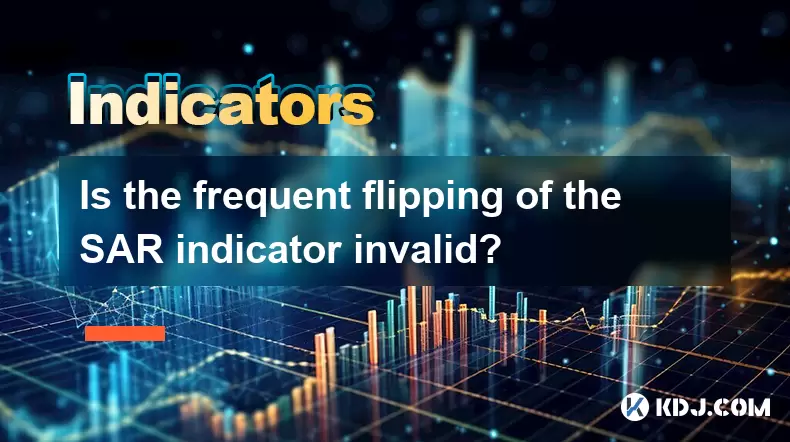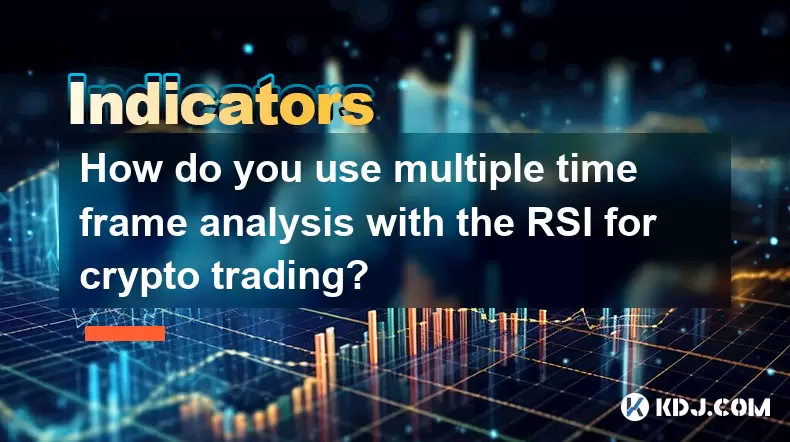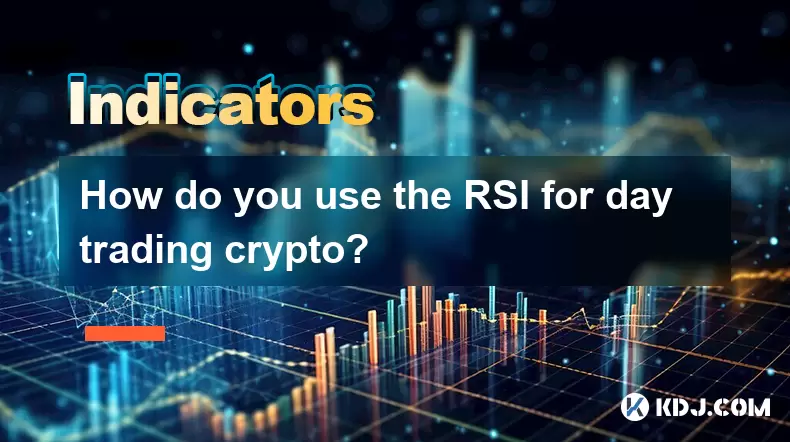-
 Bitcoin
Bitcoin $118400
0.47% -
 Ethereum
Ethereum $3836
2.20% -
 XRP
XRP $3.157
2.98% -
 Tether USDt
Tether USDt $0.9999
-0.03% -
 BNB
BNB $801.5
1.31% -
 Solana
Solana $180.9
2.07% -
 USDC
USDC $0.9999
-0.02% -
 Dogecoin
Dogecoin $0.2225
2.50% -
 TRON
TRON $0.3285
-1.02% -
 Cardano
Cardano $0.7789
2.60% -
 Hyperliquid
Hyperliquid $43.60
2.39% -
 Sui
Sui $3.892
4.41% -
 Stellar
Stellar $0.4229
3.34% -
 Chainlink
Chainlink $18.01
3.98% -
 Hedera
Hedera $0.2745
6.77% -
 Bitcoin Cash
Bitcoin Cash $582.3
3.38% -
 Avalanche
Avalanche $23.77
1.04% -
 Ethena USDe
Ethena USDe $1.001
0.01% -
 Toncoin
Toncoin $3.493
3.59% -
 Litecoin
Litecoin $110.0
2.48% -
 UNUS SED LEO
UNUS SED LEO $8.936
-0.37% -
 Shiba Inu
Shiba Inu $0.00001304
2.49% -
 Uniswap
Uniswap $9.999
1.09% -
 Polkadot
Polkadot $3.897
3.26% -
 Monero
Monero $308.6
-0.83% -
 Dai
Dai $0.9999
-0.01% -
 Bitget Token
Bitget Token $4.504
-0.04% -
 Pepe
Pepe $0.00001154
2.95% -
 Cronos
Cronos $0.1471
3.06% -
 Ethena
Ethena $0.6691
19.53%
Is the frequent flipping of the SAR indicator invalid?
The SAR indicator helps crypto traders spot trend reversals, but frequent flips in volatile or sideways markets can lead to false signals, so combining it with other tools improves accuracy.
Jun 22, 2025 at 08:07 am

Understanding the SAR Indicator in Cryptocurrency Trading
The SAR indicator, or Parabolic SAR, is a technical analysis tool widely used by cryptocurrency traders to determine potential reversals in price movement. Developed by J. Welles Wilder, the SAR indicator plots dots above or below the price chart, signaling potential trend reversals. When the dots flip from below the price to above it, it indicates a possible bearish reversal; when they flip from above to below, it suggests a bullish reversal.
In the context of cryptocurrency trading, where volatility is high and trends can change rapidly, the frequent flipping of the SAR indicator often raises concerns among traders about its reliability. This phenomenon becomes more pronounced during sideways or choppy market conditions, where false signals are common.
Why Does the SAR Indicator Flip Frequently?
Several factors contribute to the frequent flipping of the SAR indicator:
- Market Volatility: Cryptocurrencies are known for their extreme volatility. Rapid price swings cause the SAR dots to shift quickly, resulting in multiple flips within short timeframes.
- Short Timeframe Charts: Traders using smaller timeframes (like 5-minute or 15-minute charts) may experience more frequent flips due to the increased sensitivity of the indicator.
- Lack of Clear Trends: In ranging markets where prices oscillate without forming clear uptrends or downtrends, the SAR constantly adjusts itself, leading to repeated reversals.
These conditions make it challenging to rely solely on the SAR for entry and exit decisions, especially for novice traders unfamiliar with interpreting these signals in context.
How to Interpret SAR Flips Accurately
To avoid being misled by the frequent flipping of the SAR indicator, traders should incorporate additional tools and techniques:
- Combine with Trend Indicators: Use moving averages like the EMA (Exponential Moving Average) or MACD (Moving Average Convergence Divergence) to confirm the direction of the trend before acting on a SAR signal.
- Volume Analysis: High trading volume accompanying a SAR flip can validate the strength of the reversal. Low volume flips are often unreliable.
- Price Action Confirmation: Look for candlestick patterns or key support/resistance levels aligning with SAR flips to enhance accuracy.
For instance, if the SAR flips upward and coincides with a bullish engulfing pattern near a strong support level, it may be a valid long entry signal. Conversely, a flip at overbought levels without confirmation could indicate a false signal.
Adjusting SAR Settings for Cryptocurrency Markets
The default settings of the SAR indicator (acceleration factor = 0.02, maximum acceleration = 0.2) may not be optimal for highly volatile crypto assets. Adjusting these parameters can help reduce the frequency of false flips:
- Increase the Acceleration Factor Gradually: Start with 0.01 and increase slowly based on how responsive you want the SAR to be.
- Lower the Maximum Acceleration: Setting this to 0.1 or lower can prevent the SAR from catching up too quickly with fast-moving prices.
It’s essential to backtest any changes across different cryptocurrencies and timeframes. For example, Bitcoin might respond differently to SAR adjustments compared to altcoins like Ethereum or Solana due to differences in liquidity and volatility.
Using SAR in Different Market Conditions
Understanding how the SAR performs under various market conditions helps traders avoid misinterpretations:
- Strong Uptrends or Downtrends: The SAR works best here, providing timely trailing stop-loss levels. Flips in trending markets are usually reliable indicators of trend exhaustion.
- Sideways/Ranging Markets: Frequent flips occur as the SAR tries to adapt to non-directional price action. Avoid taking trades based solely on SAR in such environments.
- News-Driven Volatility: During major announcements or macroeconomic events, the SAR may flip excessively. Traders should pause reliance on mechanical signals until clarity returns.
By recognizing the current market structure, traders can filter out unnecessary SAR signals and focus only on those that align with broader price dynamics.
Frequently Asked Questions (FAQs)
Q: Can I disable the SAR indicator during range-bound markets?
Yes, experienced traders often deactivate or ignore the SAR during sideways movements. Instead, they use oscillators like RSI or Bollinger Bands to identify overbought/oversold zones.
Q: How do I know if a SAR flip is a genuine reversal or a fakeout?
Look for confluence with other indicators or price structures. A SAR flip accompanied by a breakout of a key level or a momentum divergence increases the probability of a real reversal.
Q: Is the SAR suitable for scalping in cryptocurrency trading?
While some scalpers use the SAR, its inherent lag makes it less ideal for very short-term trades. It's better suited for swing trading or position trading strategies where timing precision isn't as critical.
Q: Are there alternative indicators similar to SAR for detecting reversals?
Yes, alternatives include the ADX (Average Directional Index) paired with DI+ and DI-, as well as the Ichimoku Cloud, which provides trend and reversal signals in a more comprehensive framework.
Disclaimer:info@kdj.com
The information provided is not trading advice. kdj.com does not assume any responsibility for any investments made based on the information provided in this article. Cryptocurrencies are highly volatile and it is highly recommended that you invest with caution after thorough research!
If you believe that the content used on this website infringes your copyright, please contact us immediately (info@kdj.com) and we will delete it promptly.
- SEC, Crypto, and Securities: Navigating the New Frontier
- 2025-08-01 05:10:12
- Cardano (ADA) Market Cap: Can It Compete with Emerging Cryptocurrencies and Meme Coins?
- 2025-08-01 04:30:12
- SEC, Crypto, and On-Chain: Navigating the Regulatory Maze
- 2025-08-01 02:31:40
- Jito Labs, Solana, and Liquid Staking: Riding the Wave of Innovation
- 2025-08-01 03:50:12
- Perpetual DEX: Navigating Onchain Trading and Solving Core Problems, a NY Perspective
- 2025-08-01 03:57:53
- Bitcoin Bullish Market: How Long Positions are Boosting the Crypto King
- 2025-08-01 02:35:33
Related knowledge

How do you use multiple time frame analysis with the RSI for crypto trading?
Aug 01,2025 at 05:19am
Understanding the Role of RSI in Crypto TradingThe Relative Strength Index (RSI) is a momentum oscillator that measures the speed and change of price ...

How can you use the RSI to determine exit points in crypto trades?
Aug 01,2025 at 04:29am
Understanding the Role of RSI in Crypto TradingThe Relative Strength Index (RSI) is a momentum oscillator widely used in the cryptocurrency market to ...

How do you use the RSI for day trading crypto?
Aug 01,2025 at 05:26am
Understanding the RSI in Cryptocurrency TradingThe Relative Strength Index (RSI) is a momentum oscillator that measures the speed and change of price ...

What does it signify when the MACD crosses below the zero line?
Aug 01,2025 at 01:43am
Understanding the MACD IndicatorThe Moving Average Convergence Divergence (MACD) is one of the most widely used technical analysis tools in the crypto...

How does the MACD histogram show momentum?
Aug 01,2025 at 01:16am
Understanding the MACD Histogram and Its Role in Cryptocurrency TradingThe MACD histogram is a visual representation of the difference between the MAC...

What is a MACD crossover?
Jul 31,2025 at 11:52pm
Understanding the Role of Private Keys in Cryptocurrency SecurityIn the world of cryptocurrency, private keys are the cornerstone of ownership and con...

How do you use multiple time frame analysis with the RSI for crypto trading?
Aug 01,2025 at 05:19am
Understanding the Role of RSI in Crypto TradingThe Relative Strength Index (RSI) is a momentum oscillator that measures the speed and change of price ...

How can you use the RSI to determine exit points in crypto trades?
Aug 01,2025 at 04:29am
Understanding the Role of RSI in Crypto TradingThe Relative Strength Index (RSI) is a momentum oscillator widely used in the cryptocurrency market to ...

How do you use the RSI for day trading crypto?
Aug 01,2025 at 05:26am
Understanding the RSI in Cryptocurrency TradingThe Relative Strength Index (RSI) is a momentum oscillator that measures the speed and change of price ...

What does it signify when the MACD crosses below the zero line?
Aug 01,2025 at 01:43am
Understanding the MACD IndicatorThe Moving Average Convergence Divergence (MACD) is one of the most widely used technical analysis tools in the crypto...

How does the MACD histogram show momentum?
Aug 01,2025 at 01:16am
Understanding the MACD Histogram and Its Role in Cryptocurrency TradingThe MACD histogram is a visual representation of the difference between the MAC...

What is a MACD crossover?
Jul 31,2025 at 11:52pm
Understanding the Role of Private Keys in Cryptocurrency SecurityIn the world of cryptocurrency, private keys are the cornerstone of ownership and con...
See all articles

























































































